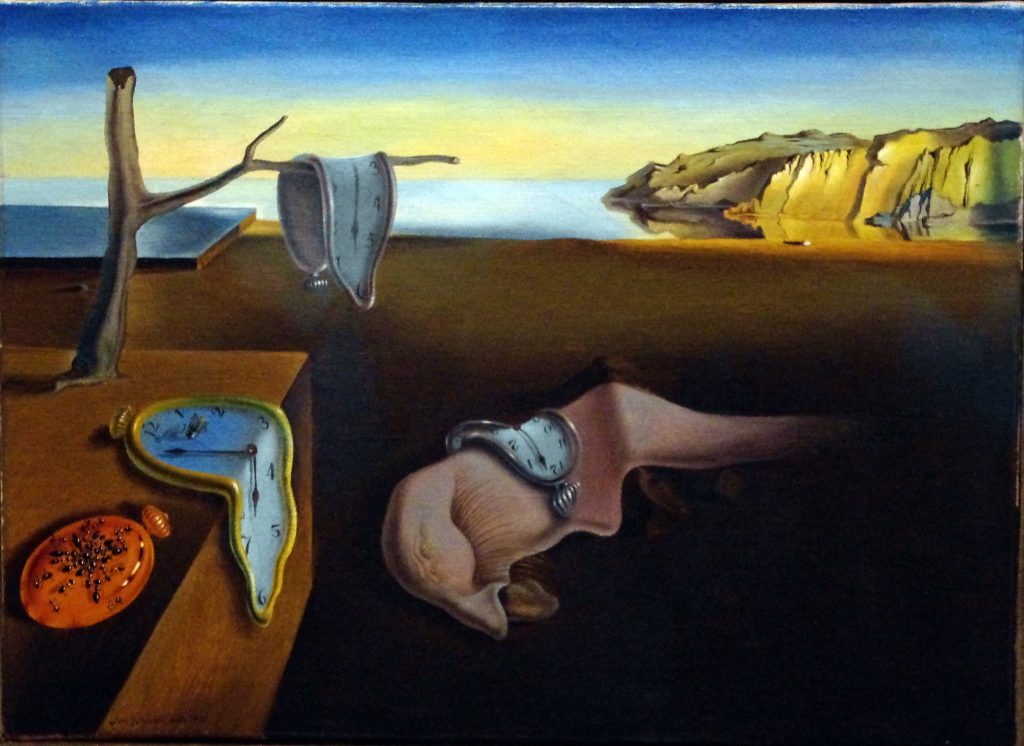
Introspections from a Bosnian war refugee without a country (Washington, DC region; 2010 to roughly 2016): My Heart is unique, so it doesn’t fit neatly into a single literature genre in my opinion, although the publisher makes it clear in the subtitle that it’s a novel. “Autobiographical fiction” to be more specific, stated on the back cover. Fiction inspired as “a consequence of war,” as I expected. But honestly, I didn’t see what aspects of this poignant and tender, sorrowful and beautiful book were fictional once read. It felt like a memoir. I’d love to hear from readers what you thought? Is it a novel or a memoir? Or something else?
The heart in the title and the abstract watercolor on the cover are symbolic of many facets of the heart of a soulful Bosnian writer, just like this multi-faceted book. Physical hearts. Broken hearts. Swollen hearts. A complicated emotional heart that tugs at our hearts as Semezdin Mehmedinović writes from the perspective of a political refugee who still feels like a stranger in a strange land even after living more than twenty years in America. “I’m a foreigner everywhere I go.”
In a moving, three-page introduction written in part, I think, to help define the book’s genre, fellow Bosnian-born author and literary critic Aleksandar Hemon explains the book is autographical only “in the sense that the person in the book is the person who wrote it.” Still, he doesn’t agree it’s a memoir. “Nothing about it is memoiristic or confessional, and certainly never indulgent or self-centered.”
According to this citation, it appears to have been originally published in 2017 edition as Me’med, Red Bandana, and Snowflake, and to have won a prestigious literary prize named for Meša Selimović, born in the author’s same Bosnian hometown, Tuzla, recognizing it as the best novel written in Bosnia. My Heart is conceived of in three segments with the same three titles, each focused on a member of the author’s family: himself, his son Harun, and his wife Sanja.
You might think Mehmedinović’s section is self-centered in the sense that it opens in November 2020 when he’s having a heart attack and fears dying outside of his homeland, Bosnia and Herzegovina, one of the republics of the former Yugoslavia. His heart aches for his beautiful country ravaged by a war considered the worst genocide in Europe since WWII. His heart is also weighed down by disbelief, shock that he’s only fifty having such a traumatic medical event.
Viewed as a memoir, this opening feels more powerful than fiction as it’s based on true experiences, trauma, and emotions of an immigrant long in America, where no one can pronounce his name; where no one knows the language his world revolves around; where no one (except other survivors of an ethnic cleansing war) knows much about what happened except for the horrific images seen on TV of the Siege in Sarajevo. Mehmedinović was living in Sarajevo during the war, fled with his family to America after it ended in 1996.
I think My Heart shouldn’t be pigeon-holed as it’s drawn from the author’s diverse styles of writing: poetry, essays, short stories, journalism. The writing is lyrical, poets are cited; the format feels like a collection of interconnected, real, short stories of isolated people, mixed with cultural commentary and the eye of an outside reporter.
The book is also hard to categorize due to its strong existential bent. The prose often comes across as stream-of-consciousness/dream-like/Zen-like, most prominently in the second segment focused on Harun. The red bandana is an image etched in the writer’s mind and heart as his son Harun wore one when he came to America at thirteen. The family was relocated to Phoenix, Arizona, then moved to northern Virginia outside of Washington, DC. Harun, a photographer, now lives in Flagstaff, ideal for photographing brilliant red rock country. Red Bandana memorializes car trips the two took together when the author got a chance to visit him. (He held a number of meaningful positions for Voice of America, Reuters, elsewhere). “For some reason, all the events connected with this town have the flavor of a dream.” And are crafted that way.
Written as a letter to Harun, this part reads like diary entries accompanied by sketches. A complicated and loving father-son relationship crisscrossing the desert landscape depicting a melancholy man discovering, because of his son, that America has its own share of beauty. Looming, though, is how hard it is to see beauty in a country that still feels foreign to you.
Some might call the sketches “mindfulness drawings.” In one standout scene Harun insists they camp out under the stars in the middle of Monument Valley. That drawing pictures the author meditating opposite otherworldly geological formations sculpted by eons of time and weather. It’s filled in more, darker than others, adding to the impression of how much happiness the author derived journeying with his son.

Here is where we especially find the author’s voice looking outside of himself asking beautiful, existential questions. “If life is to be lived, why not do it in beauty?” But you’re also reading about a “weary,” “frightened man” who’s seen the worst of mankind yet wants to be bathed in the simple goodness and beauty of life, “if only people did not complicate it for each other.”
“Why fill our lives with such effort and torment, when we have such a brief and unrepeatable time in this indescribably beautiful world?”
This is the most inventive section, with references to Franz Kafka’s drawings and diaries, and to Salvador Dalí’s surrealist images of melting clocks. My Heart creates its own existential and surrealistic imagery about sizzling heat and time. Dalí’s most famous work is titled The Persistence of Memory. Note that the melting clock in this painting includes a rocky landscape.

Photo by Mike Steele via Flickr
“Where does our need to accelerate time come from? “Why are we always in such a hurry to reach the future?”
Memory, forgetfulness, and time are important themes expressed. Photography serves as a theme too, capturing the past so we don’t forget it.
Since Sanja is not present in this section, you might get the wrong impression she’s not loved as profoundly as Mehmedinović loves his son. Nothing could be further from the truth. Snowflake is a testament to her beauty, courage, and fragility.
“Misfortune has reduced us to our essence. And nothing is left of us apart from love.”
Sanja’s tale also starts off with a serious medical event, perhaps also originating from the heart. Two different medical diagnoses, with roles reversed. Both resulting in outcomes affecting their memories.
Written with so much heart, we feel closer to Sanja in the last part. When we learn why she loves two literature classics – The Magic Mountain by Thomas Mann and Jane Austen’s Pride and Prejudice – we connect to her fantasies. “She is drawn to a world that exists in costume drama.” We relate to her dreams because we too want the world to be a kinder, gentler place.
Since the author’s “world is my language,” we appreciate the importance of translated books. Hemon asserts Celia Hawkesworth’s is a “wonderful translation,” letting us know he read the book first in Bosnian, then re-read it in English.
For a writer who didn’t rush time to get to his future, you’ll be happy to know he’s returned to Sarajevo.
Lorraine